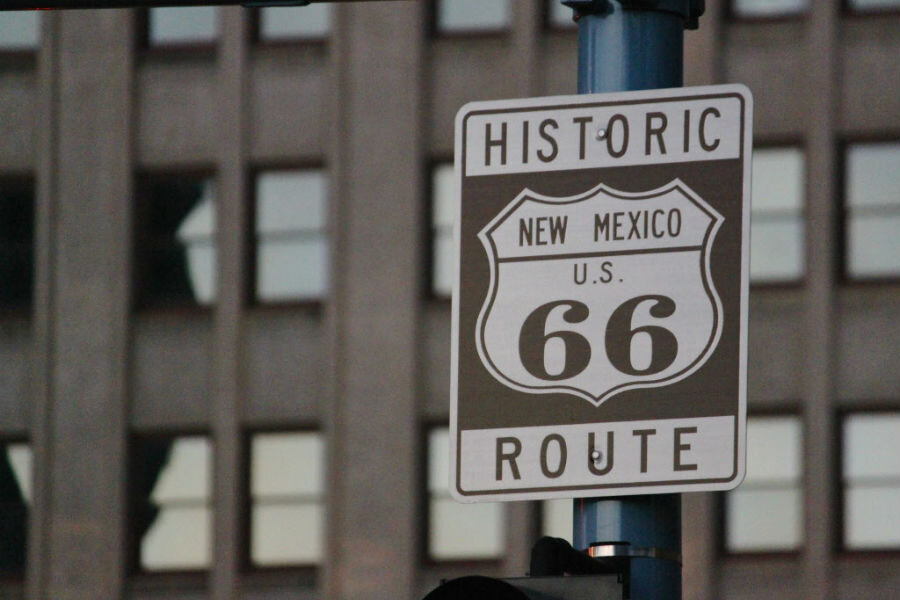Will Route 66 go solar?
Loading...
One of America's oldest and most historic highways may soon become the first to get embedded solar panels.
Missouri's state transportation department hopes to add photovoltaic pavers to a section of the famous Route 66 by the end of this year.
There is no indication of how long the stretch of solar-paved road will be, though, or how much power it will be able to generate.
The Missouri project will use photovoltaic pavers developed by Solar Roadways, according to Curbed.
This is the company best known for its successful crowdfunding campaign.
In 2014, Solar Roadways raised more than $2.2 million through crowdfunding to develop its technology.
Last year, it was also awarded a two-year, $750,000 Small Business Innovative Research contract by the U.S. Department of Transportation to conduct additional tests on its panels.
Perhaps inspired by its main contractor, the Missouri government will also turn to crowdfunding in order to get photovoltaic panels installed on a section of Route 66 in the coming months.
The project is intended to create renewed interest in what was once known as the "Mother Road."
Route 66 and the towns it passes through were largely cut off from traffic by the construction of the Interstate highway system, but recently there have been efforts to revive it as a slower-paced alternative to expressway travel.
Across the Mississippi River in Illinois, construction of a network of charging stations for electric cars began last year.
The network includes eight cities, and the project received support from BMW, Mitsubishi, and Nissan.
But the potential returns of a solar-paved road are less concrete than those of a road lined with charging stations.
While Solar Roadways points to encouraging test data, flat solar panels laid on the ground can't harvest as much energy as angled, roof-mounted panels.
Panels would also have to be durable enough to last for years with the same poor level of standard maintenance as most U.S.roads.
Despite potential issues, though, the dream of solar roads remains a powerful one.
The French government announced earlier this year that it would pave 1,000 kilometers (621 miles) of roads with Wattway solar panels, developed by road-building company Colas.
In addition, a Dutch company called SolaRoad began laying solar panels on a bike path in Amsterdam last year, as a test ahead of eventual use of the panels on roads.
This article first appeared at GreenCarReports.







